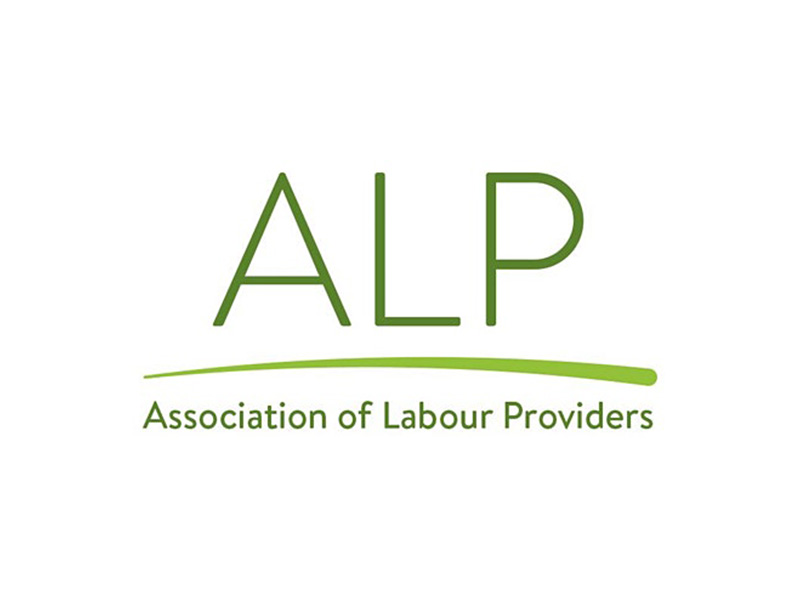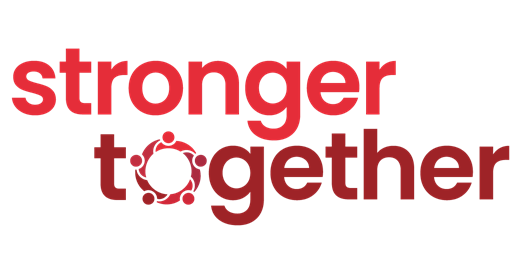Rejection. It stings. You’ve spent time crafting the perfect CV, preparing for the interview, giving it your all—only to receive the dreaded “We regret to inform you…” email.
It’s tempting to let rejection define you, to feel like you weren’t good enough, but here’s the truth: rejection isn’t an end. It’s a pivot point. The way you handle it can set you up for your next, better opportunity.
So, how do you turn job rejection into a stepping stone rather than a setback? Let’s break it down.
1. Feel It, but Don’t Dwell on It
First, let’s be real. Job rejection hurts—especially when you thought the interview went well. It’s okay to feel frustrated, disappointed, or even annoyed.
What’s not okay? Letting rejection paralyse you.
🛠 How to Handle It:
- Give yourself a time limit to process the emotions (a few hours, maybe a day).
- Don’t take it personally—companies reject candidates for many reasons beyond just skills.
- Remind yourself that even top professionals have faced rejection multiple times.
💡 Pro Tip: Keep a success file—a document where you track positive feedback, past wins, and moments when you nailed it. Look at it when rejection hits.
2. Get Feedback (The Right Way)
A rejection without feedback is a missed opportunity to improve. But not all employers will provide it, and some will give vague, generic responses.
🛠 How to Ask for Useful Feedback:
📩 Email Template:
Subject: Thank You for Your Time – Feedback Request
“Hi [Hiring Manager/Recruiter],
Thank you for considering me for the [Job Title] position. I really appreciate the opportunity to have interviewed with your team.
While I’m disappointed, I’d love to improve for future opportunities. If there’s any specific feedback on how I could strengthen my application, I’d be grateful to hear it.
Thanks again, and I hope we can stay in touch for future roles.
Best regards,
[Your Name]”
💡 Pro Tip: If they ignore you, move on. Some companies simply don’t have the capacity to provide feedback—but always ask your recruiter instead.
3. Reflect: Was This Job Actually Right for You?
Rejection is a chance to step back and reassess. Was this job as perfect as you originally thought?
Ask yourself:
✔ Was I truly excited about this role, or was it just “a job” to me?
✔ Did I meet all the key qualifications, or were there gaps?
✔ Did I like the company’s culture, or were there red flags?
Sometimes, rejection is a blessing in disguise—especially if the role wasn’t a long-term fit.
💡 Pro Tip: If you didn’t get an offer, connect with someone at the company on LinkedIn. You never know when another role might open up.
4. Identify Patterns in Your Rejections
If you’ve faced multiple rejections, it’s time to spot patterns. Are you consistently getting turned down at the same stage?
🛠 What to Look For:
🔍 Not getting past the CV stage? → Your CV might not be ATS-friendly or tailored enough.
🔍 Getting interviews but no offers? → Your interview technique may need improvement.
🔍 Hearing “we went with someone with more experience”? → You might need to upskill or improve how you showcase experience.
💡 Pro Tip: Work with your recruiter to refine your applications and interview strategies. They can give insider insights into where you might be going wrong.
5. Level Up: Turn Rejection into Growth
The best way to handle rejection? Improve.
🛠 How to Get Stronger:
- Take an online course (LinkedIn Learning, Coursera, Udemy) to fill skill gaps.
- Ask for mock interviews from mentors, friends, or recruiters.
- Rewrite your CV with stronger, results-based achievements.
- Expand your network—attend industry events, engage on LinkedIn, and connect with hiring managers.
💡 Pro Tip: If a rejection really frustrates you, channel that energy into improvement.
Example: If a company said, “We needed someone with stronger data skills,” take a data analytics crash course and apply again in six months.
6. Keep Applying—Momentum is Everything
Rejection feels worse when you’ve pinned all your hopes on one job. The solution? Always have multiple applications going at once.
🛠 Best Practices:
✔ Apply to at least 5-10 roles per week—never rely on just one opportunity.
✔ Follow up on previous applications—sometimes hiring processes take weeks.
✔ Stay in touch with recruiters—they have access to jobs that aren’t even advertised.
💡 Pro Tip: Each rejection gets you one step closer to the right role. The people who succeed in job hunting are the ones who don’t stop applying.
Final Thought: Rejection is Redirection
Yes, rejection stings. But every “no” is a step toward the right yes.
- Process it, but don’t dwell on it.
- Ask for feedback, and actually use it.
- Identify patterns and improve your weaknesses.
- Keep applying—your persistence will pay off.
Remember—every top professional has been rejected at some point. The difference is, they kept going.
🚀 Your next job is out there. Keep moving forward.










